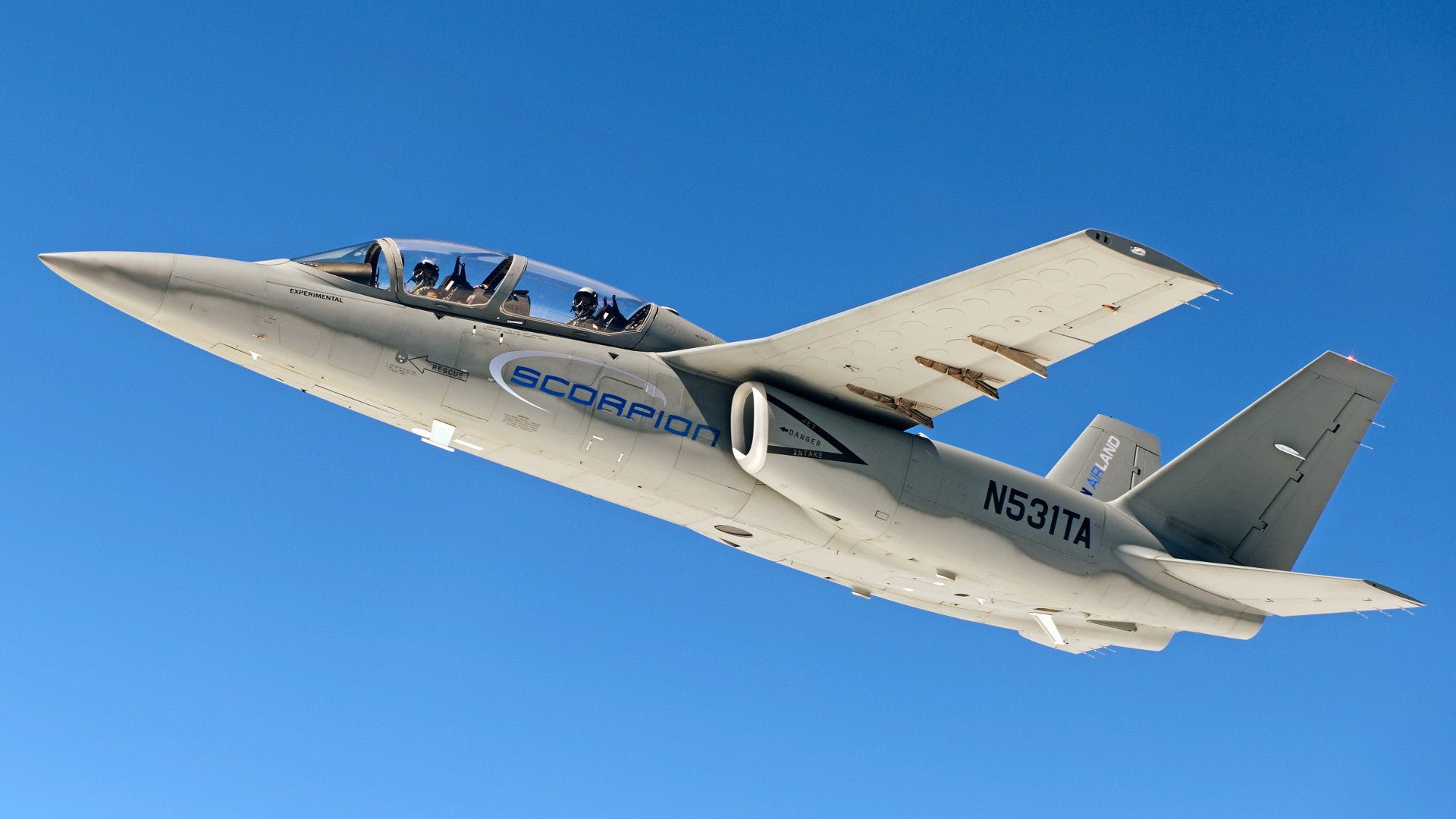As Saudi Arabia continues its multi-billion dollar international arms shopping spree, it appears to have begun evaluating Textron AirLand’s Scorpion light attack jet. The firm has previously said that the Kingdom is interested in the aircraft, but growing American political opposition to its brutal and protracted intervention in Yemen might slow or scuttle actual purchases.
Online flight tracking websites caught one of the Scorpion demonstrators, which presently carries the U.S. civil registration code N532TX, flying from the Royal Saudi Air Force’s King Faisal Air Base (KFAB), which is co-located with the Tabuk Regional Airport, earlier in November 2017. Though the two facilities share a larger complex, KFAB uses an entirely separate runway. Our friends at FlightGlobal, who noticed the jet zipping around in the desert, reported that Textron will almost certainly bring the twin engine jet to the annual Dubai Air Show in the neighboring United Arab Emirates, which starts on Nov. 12, 2017.
“The capability of what Scorpion can do makes it a very viable product for their [the Saudis] requirements,” Scott Donnelly, Textron’s CEO, said during a conference call with reporters in July 2017. Any deal was “still in its formative stages, I would say,” he added, stressing that there were no formal arrangements at that time.
But the Saudis are definitely in the market for an aircraft that meets Scorpion’s description. During U.S. President Donald Trump’s visit to the Kingdom in May 2017, the two countries agreed, at least in principle, to $110 billion in arms deals for the Saudi Arabian military.
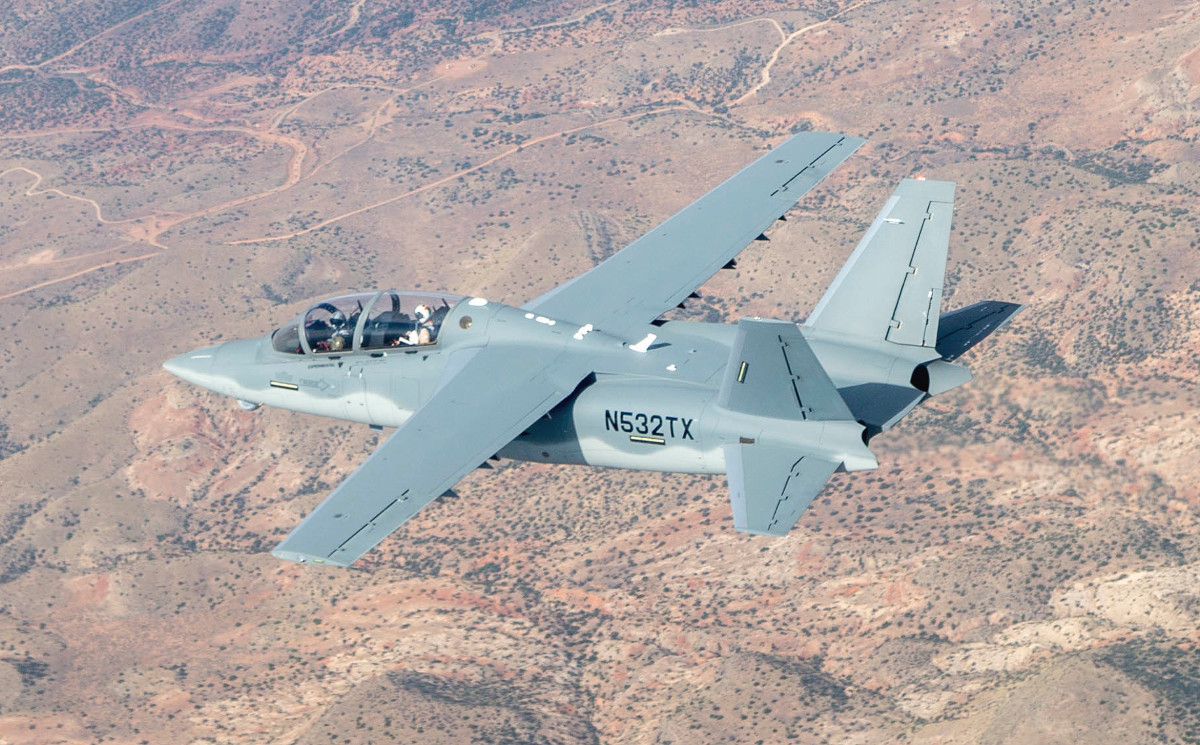
The arrangements included a planned $2 billion for a fleet of “light close air support” planes. We don’t know what the exact requirements for these aircraft might be or how many aircraft in total the Saudis would be looking to buy in total.
The proposed purchase was one a number of so-called Memorandums of Intent (MOI), which are offers the U.S. government makes in response to an ally’s expressed interest in certain “potential future defense capabilities.” The deals are not final and would still need final approval from Congress and the State Department.
Textron is undoubtedly eager to pitch the Scorpion to the Saudis, as well. The company first began work on the aircraft in 2012 and flew the prototype for the first time in December 2013, but it is still looking for a launch customer after nearly three years.
The U.S. Air Force had evaluated the aircraft as part of its light attack experiment, commonly known as OA-X, which ended on Aug. 30, 2017. However, the service made it clear that it did not meet the criteria to proceed to a possible second stage of that project, which has so far failed to materialize anyways.

Textron says the plane, which it funded as a private venture, is both cheap to operate and maintain thanks to the use of composite materials, commercial-of-the-shelf components, and a “plug and play” modular design that would allow a customer to readily customize the configuration to their needs and install upgraded avionics and other systems in the future. A pair of readily available Honeywell TFE731 turbofans, more commonly found on commercial business jets, powers the aircraft, as well.
Scorpion is also significantly larger and heavier than many potential competitors, especially single engine turboprops.These include Textron’s own AT-6 Wolverine and the ever popular Embraer Super Tucano, as well as an expanding field of even lighter single engine designs derived from crop dusting aircraft.
What this means, though, is that the jet can also has a relatively large, reconfigurable mission bay that could accommodate still and video cameras, radar and laser imaging equipment, electronic warfare jammers, or other systems. The demonstration configuration also has a retractable sensor turret under the nose with electro-optical and infrared full-motion video cameras.
The Scoprion’s six underwing pylons can accommodate a variety of weapons, including precision guided bombs and missiles and gun pods. As of June 2017, Textron had already flown the aircraft with the GBU-12/B laser guided bomb and performed a live fire test involving the 70mm Advanced Precision Kill Weapon System II, or APKWS II, a laser guided rocket. The plans to make the aircraft compatible with the GPS-directed GBU-39/B Small Diameter Bomb (SDB) and Joint Direct Attack Munition (JDAM) family, as well as the multi-mode Brimstone missile and GBU-53/B Small Diameter Bomb II (SDB II).
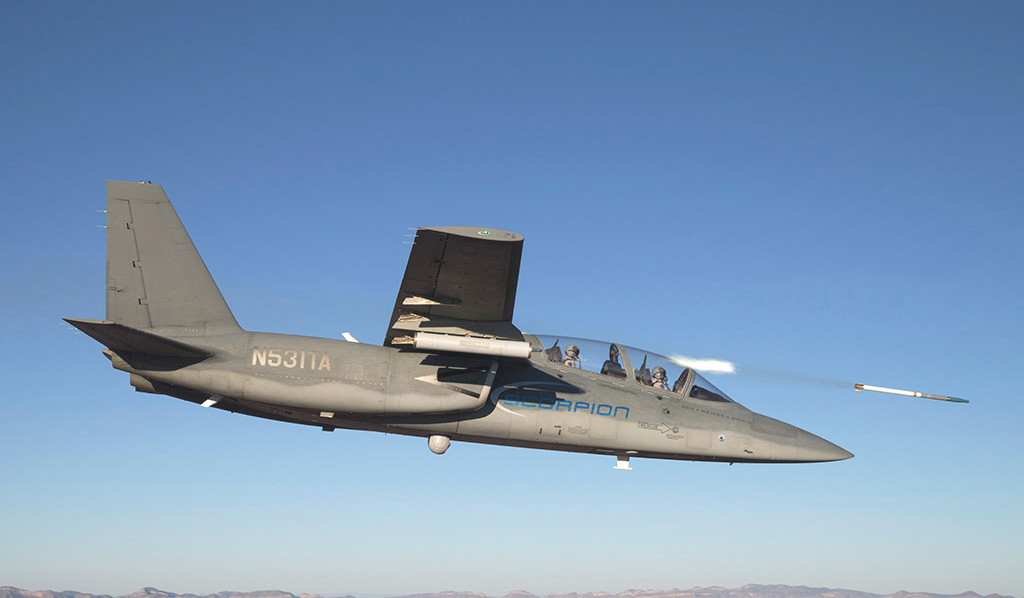
A Saudi Scorpion with a targeting sensor package and armed with precision guided munitions would be an ideal, low-cost option for its ongoing operations over Yemen, where it is battling Iranian-backed Houthi rebels and their allies. At present, the Kingdom is using its high performance F-15S Eagle and Eurofighter Typhoon multi-role combat aircraft, along with older swing-wing Panavia Tornados, for strikes against the militants.
Unlike smaller light attack aircraft such as the AT-6 and Super Tucano, the Scorpion would carry more extensive self-protection options, making it a more viable alternative given the potential anti-aircraft threats in Yemen. While it is unclear just how capable the Houthis’ air defense capabilities are, they do have access to old Yemeni military stocks of SA-2 surface-to-air missiles – many of which they’ve turned into surface-to-surface weapons – and an apparently growing arsenal of shoulder-fired man-portable air defense systems (MANPADS).
In January 2016, rebel forces claimed to have shot down a U.S. drone with an SA-2, but this incident remains unconfirmed. In October 2017, the Houthis did shoot down a U.S. Air Force MQ-9 Reaper, apparently with a MANPADS.
The Saudis have lost nearly a dozen fixed wing aircraft and helicopters since the intervention began in 2015, but insist that these have all been the result of technical faults or other accidents. Most recently, a Royal Saudi Air Force Typhoon went down in Yemen in October 2017, with the Houthis claiming to have shot it down and the Saudis again denying this was the case. The Saudi-led coalition has also disputed that enemy action was responsible for the loss of Bahraini, Moroccan, UAE combat aircraft in the country or nearby over the course of the operation. A Jordanian F-16 crashed as well, but well within Saudi Arabia.
With an air or surface search radar, the Scorpion could also be useful for low-and-slow armed border patrols to guard against terrorists or criminals, including those employing small boats and drones. The aircraft already features a basic weather radar, but could likely accommodate various appropriately sized military units, including advanced pulse Doppler systems such as a member of Leornado’s Grifo family or the Elta EL/M-2032.
Saudi Arabia might particularly appreciate this additional capability, since the Houthis have conducted numerous cross border raids. On top of that, they have launched multiple attacks on coalition ships with anti-ship missiles and apparent explosive-filled remote control boats, begun laying deadly naval mines in the strategic Mandeb Strait connecting the Red Sea to the Gulf of Aden, and may be building a fleet of suicidal drones able attack air defense sites and other targets.
A Scorpion loaded with precision APKWS II rockets and automatic cannon pods would be a much more cost effective and flexible option to respond to those types of threats than higher performance aircraft and faster to respond than gunship helicopters or ground troops. And a fleet of the light attack aircraft could just help reduce the burden on the Royal Saudi Air Force’s higher performance aircraft or otherwise free them up for other missions, including standing watch against the country’s top regional rival Iran.
As interested as the Saudis and Textron might both be in the potential deal, and as useful as the aircraft might be in regards to the present conflict in and around Yemen, politics might ultimately get in the way. There have been steady accusations that the Saudi-led coalition has either conducted itself in general disregard for civilian casualties or actively targeted population centers in Houthi-controlled areas.
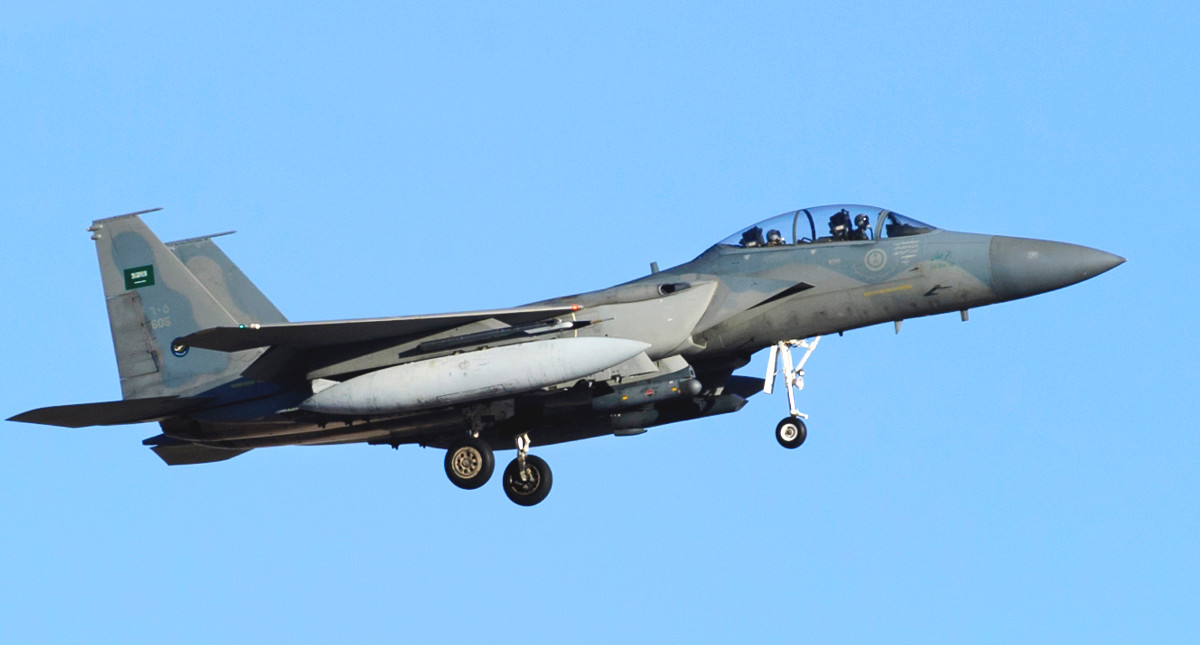
In the past, Saudi aircraft in particular appear to have deliberately destroyed medical facilities and other civilian infrastructure protected under international laws covering armed conflict. This has led to reports of mass starvation and horrifying cholera epidemic.
As such, members of Congress, Republics and Democrats alike, have become increasingly uncomfortable with U.S. military support for the campaign, which has included aerial refueling and logistics support and increased intelligence sharing. Earlier in November 2017, members of the House of Representatives appeared to have watered down a proposed non-binding resolution on the matter, removing a call to end all U.S. military involvement in Yemen unrelated to the fight against Al Qaeda terrorists or “associated forces,” a definition that doesn’t presently cover the Houthis.
The House version of the annual Pentagon defense budget, known as the National Defense Authorization Act, also contains a similar provision. The Senate version of the bill does not have that clause, though, and legislators would have to reconcile the two before the final version could become law.
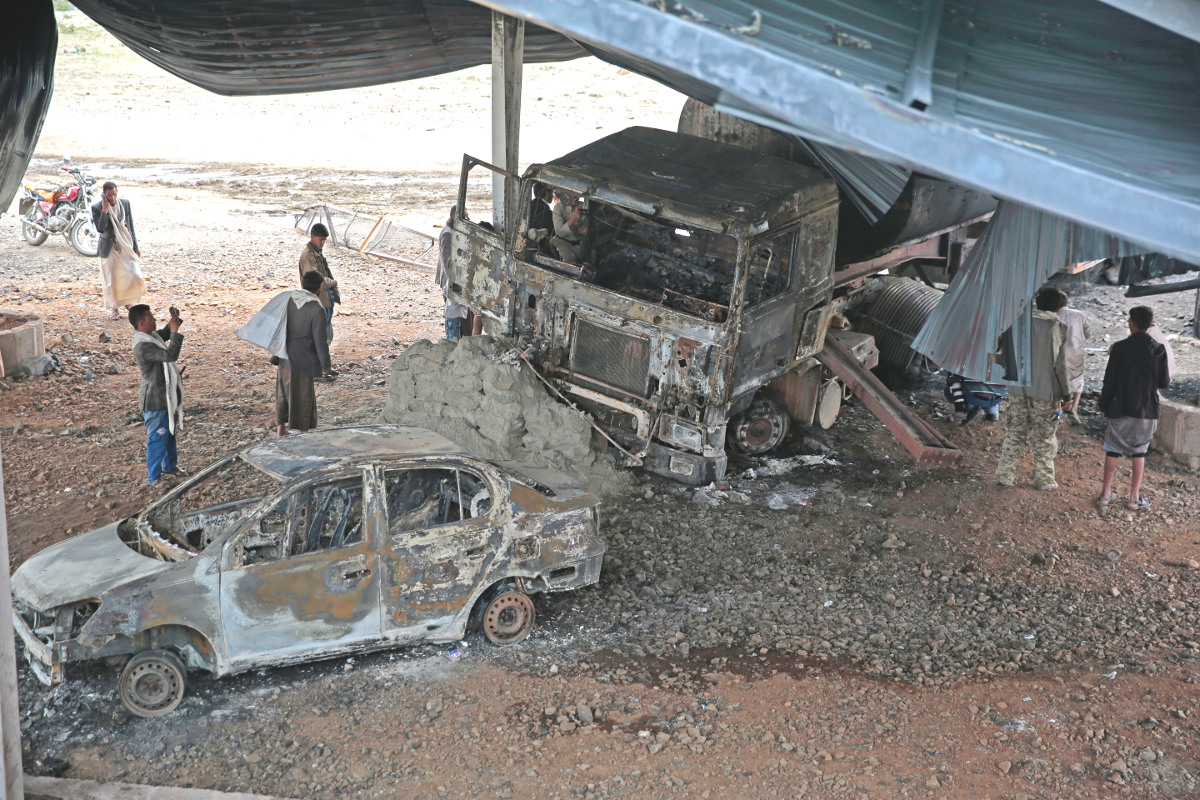
The increasingly political nature of American support of the campaign could hold up arms sales to the Kingdom, though, including any purchases of Scorpion. Though the Trump administration has reversed course on restrictions President Barack Obama had put in place regarding military deals with the government in Riyadh, it appears to have been enough to send the Saudis looking for alternatives.
During King Salman bin Abdulaziz Al Saud’s landmark visit to Moscow in October 2017, the monarch and his extensive retinue signed various agreements with their Russian counterparts, including outlining plans for possible arms deals. If the United States appears to be dragging its feet in future deals, the Kremlin could easily try and step in and offer an alternative.
The twin engine Yakovlev Yak-130 combat capable trainer would be one possible challenger to the Scorpion. The reported Saudi deals with Russia don’t include any aircraft at present, but the Kremlin has been making inroads selling advanced combat jet to other traditional American allies in the Middle East, with various sales to Egypt and a possible deal in the works to deliver more than a dozen Su-35S Flanker-E fighter jets to the UAE.
Still, depending on how the test flights in Saudi Arabia go, Textron could arrive at the Dubai Air Show with an important announcement about the jet.
Contact the author: joe@thedrive.com
